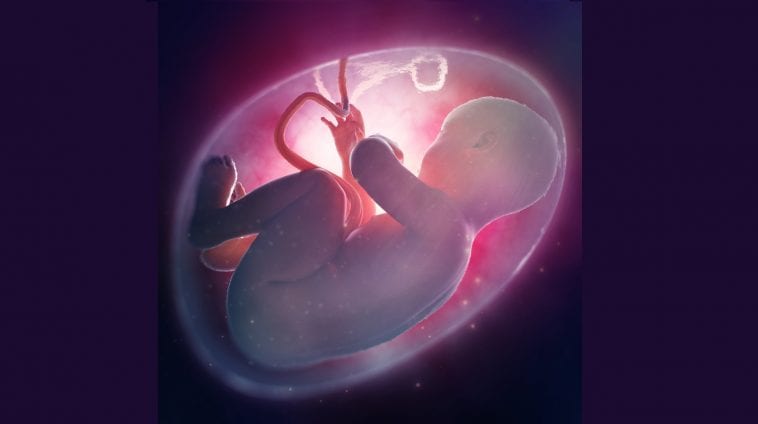[Originally published as More Evidence that A Baby in the Womb is Fully Human]
Dr. Jerome L. LeJeune was the brilliant geneticist who first demonstrated that there is a link between certain diseases and corresponding chromosomal abnormalities. While testifying before a U.S. Senate Subcommittee in 1989, he said:
To accept the fact that after fertilization has taken place a new human has come into being is no longer a matter of taste or opinion. The human nature of the human being from conception to old age is not a matter of metaphysical contention, it is plain experimental evidence.
Almost thirty years have passed since he made this statement, and the scientific evidence continues to support it.
A decade ago, I wrote about a study of twins in the womb. The study indicated that social interaction takes place prior to birth when the opportunity arises. Later on, I wrote about another study that indicates that if our understanding of brain networks is correct, babies actually think about the future while in the womb!
I recently learned about an interesting study that adds even more evidence to the ever-growing pile which indicates that babies are fully human while they are inside the womb.
Attuned to Faces
To appreciate what the study says, however, you need a bit of background information. Experiments that have occurred over the past 20 years indicate that newborn infants have a preference for images that look like faces.
In fact, the image doesn’t even have to be a face for a newborn to be interested in it. The image just has to have the proportions of a face. Even a triangle of dots with two dots at the top (representing eyes) and one dot at the bottom (representing a mouth) is more engaging to a newborn infant than the same image turned upside-down so that the “eyes” and “mouth” are in the wrong place compared to a face.
One question, of course, is when does this preference begin?
When the baby first sees his or her mother? When the baby is first born? Before the baby is born? Until recently, it was impossible to answer that question. However, Vincent Reid and his colleagues figured out a way.
They took advantage of the fact that light travels through a mother’s tissues and into the womb. Not a lot of light makes it through, and the mother’s tissues distort it. However, the way light travels through such tissues is very well understood. Reid and his colleagues used this understanding to determine what pattern of lights to shine on the mother’s skin so that, when it reached the baby in her womb, it would look like a triangle composed of three dots.
They then took ultrasound images of 39 babies inside the womb and analyzed how the babies responded to the patterns of light as they were moved across the mother’s skin. They found that the babies inside the womb had pretty much the same response as babies outside the womb. They weren’t interested in following the triangle when it was arranged with two dots on the bottom and one dot on the top (relative to the babies’ position). However, when the triangle was arranged like a face, the babies turned their heads to follow the triangle’s movement.
As the authors state:
These results indicate that the fetus in the third trimester is more likely to engage with stimuli featuring an upright face-like configuration when contrasted with an inverted configuration. We therefore conclude that postnatal experience is not necessary for the emergence of a preferential visual system for face-like stimuli.
As far as I am concerned, this is just one more piece of evidence that shows how unscientific it is to claim that a baby isn’t human while it is in the womb. Behaviors that are exhibited from the moment of birth (such as a preference for face-like patterns) are found in the womb when scientists look for them. There is simply no scientific reason to suggest that babies inside the womb are somehow “less human” than babies outside the womb.
Please note that it is not healthy for a baby in the womb to receive a lot of extra light. The lights used in this study were very dim and were calculated to be noticeable to the baby, but not bright. You should never shine lights on a mother’s skin to “stimulate” a baby.







